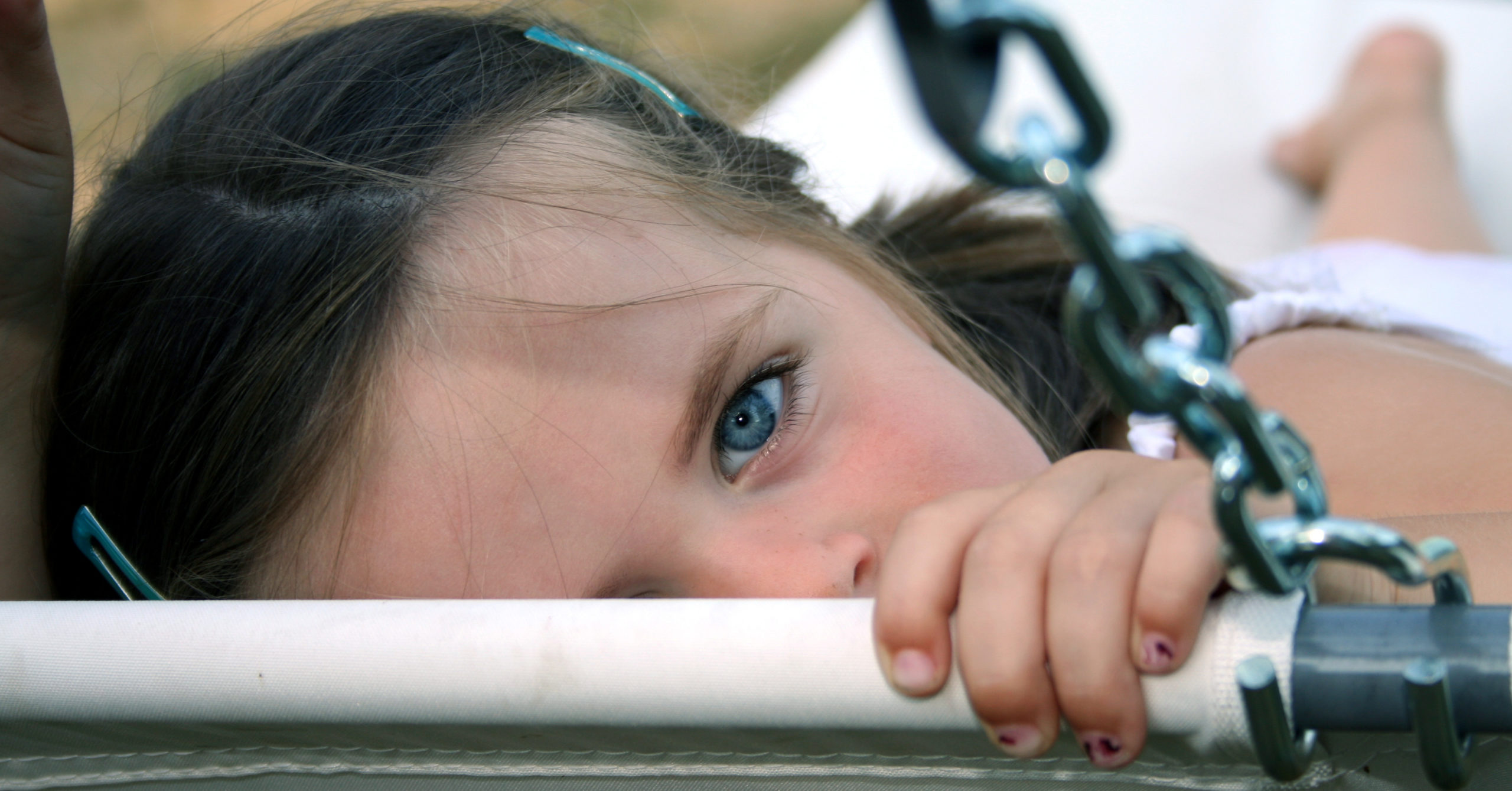Wow Vision Therapy Blog
Amblyopia: Going Beyond 20/20 & How it Affects Life

When people think about vision loss, they may often picture a blind person with a white cane. Yet, many different types of conditions lead to vision loss, each of which affects the quality of a person’s life differently. One common form of vision loss that begins in children is Amblyopia.
Amblyopia or “lazy eye” is a neuro-developmental vision problem that occurs during infancy and early childhood. Those with Amblyopia experience reduced eyesight typically in one eye, even when best corrected with glasses or contacts. This form of vision loss affects approximately 2-4% of the population or about 1 in 30 people. Although a person with Amblyopia does not have total vision loss and the disabilities that come with it, those with Amblyopia suffer from a variety of unique disadvantages – and there’s research to prove it!
When vision is unaffected, people can use both eyes as a team. With that, they can see objects in our three-dimensional world correctly. However, those with Amblyopia typically lack depth perception and subsequently lose the abilities that come with it – this is because individuals with Amblyopia are only able to see with one eye. In fact, individuals with Amblyopia are typically more accident-prone when they have to respond to unexpected situations rapidly. This inability can affect sports, driving a car, or anything else that requires quick vision adjustments.
Amblyopia can also slow down many different aspects of learning, like reading or copying notes from board to paper. This is because Amblyopia affects the fine eye movement control needed for efficient reading fluency. All of these visual issues associated with Amblyopia often lead to frustration, lower self-confidence, and other adverse emotional side effects.
Testing & Evaluations
Since the cause of Amblyopia begins with a failure in the binocular system, research shows that this broken binocular system also cascades into dysfunctions not just in eyesight or visual acuity, but also stereo acuity, saccadic eye movement, visual perception, and eye-hand coordination. Therefore, whenever someone has Amblyopia, it is essential to have comprehensive testing that goes beyond the measurement of ocular health, refraction, and best-corrected visual acuity.
A comprehensive vision evaluation for those patients with Amblyopia should also include assessment of:
- Binocular vision for the type of Amblyopia, Strabismus, Anisometropia or other complex forms of Amblyopia
- Stereo acuity (Depth Perception) assessment at far and near
- Visual perception and visual processing
- Evaluation of saccadic eye movement and reading ability
- Visual-motor integration (eye-hand coordination)
Typically, the Primary Care Optometrist will refer the patient to see an experienced Developmental/Rehabilitation Optometrist who is best able to identify and treat all the visual dysfunctions that occur with Amblyopia.
Treatment
For over 100 years, research and treatment have targeted the impaired visual acuity (eyesight) in the Lazy Eye with patching or atropine drops. However, the successful treatment of Amblyopia does not need to depend just on an eye patch or eye drops. In fact, the best form of Amblyopia treatment is Vision Therapy.
Vision therapy is a rehabilitative program, prescribed to treat developmental and/or neurologically induced dysfunctions of the visual system – like Amblyopia. The American Optometric Association defines Vision Therapy as a sequence of neurosensory and neuromuscular activities individually prescribed and monitored by a doctor to develop, rehabilitate, and enhance visual skills and processing.
Vision Therapy offers evidence-based methods for treating Amblyopia that goes beyond patching. Not only does Vision Therapy correctly treat Amblyopia without patching or drops, but it also improves, Visual Acuity (Eyesight), Binocular Vision, Depth Perception (3D Vision), Visual Processing Abilities, Eye-Hand Coordination, and Reading Fluency.
Click here to learn more about Vision Therapy.
GET IN TOUCH
Concerned you or your child may be struggling with a vision problem and wish to learn more about vision therapy? Please fill out the form below and one of our Patient Care Coordinators will be in touch to answer your questions or help schedule an evaluation for you.
